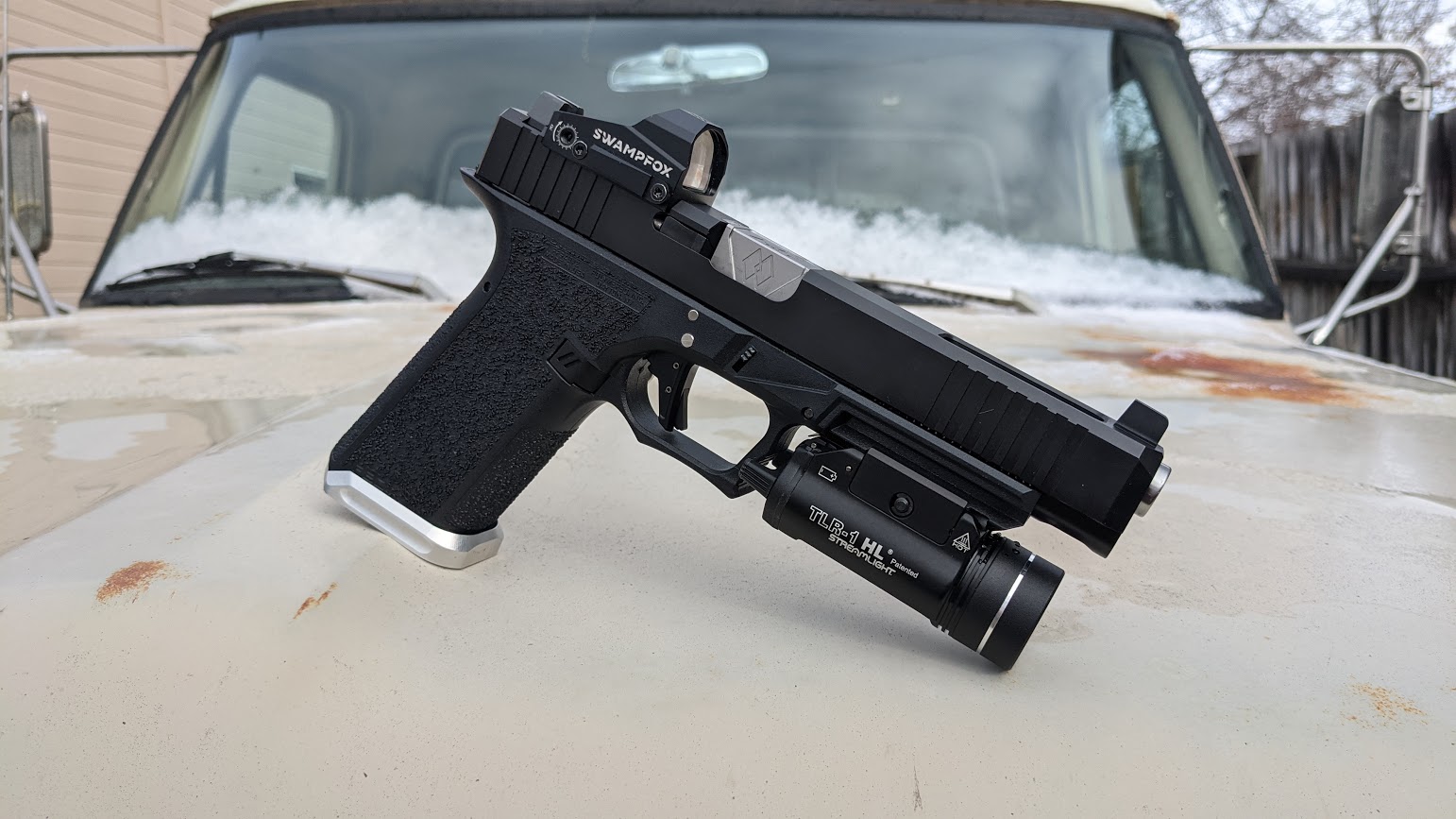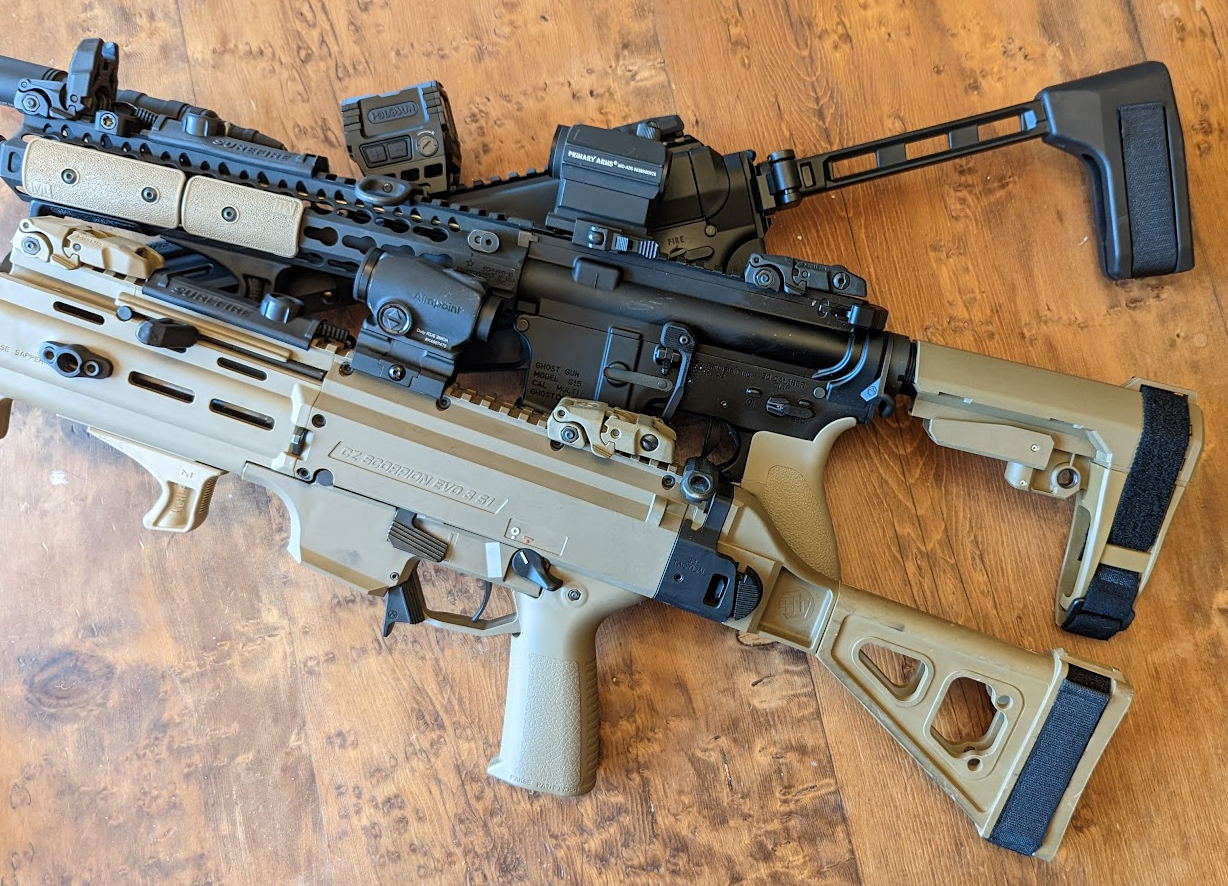In good news for gun owners, on January 6, 2022, the 5th Circuit Court overturned the ATF’s bump stock ban, which was enacted under President Trump. And no, I never owned one and I think they fall into the category of range toys as opposed to something with legitimate tactical use. That said, I have always been opposed to the ban because it is an incorrect application of law by an agency that is does not have legal authority to rewrite laws.
For those who are like me and like to read the rulings, it can be found here, but for everyone else, I will summarize it.
Prior to 2018, the ATF had a longstanding (and legally correct) ruling that bump stocks were legal because they did not change the function of the trigger in a firearm. The gun only fired each time the trigger was pulled, and there was no mechanical function of the firearm that was forcefully resetting the trigger (as in a forced reset trigger). In order for a bump fire stock to function, it required a special technique by the shooter, in nearly the same manner a shooter can bump fire a weapon without a bump fire stock.
In 2017, the one and only incident where someone used a bump fire stock to commit a horrible crime occurred in Las Vegas. After that event, then President Trump personally made multiple statements about the need to outlaw bump stocks. Shortly thereafter in 2018, the ATF changed their opinion on bump stocks and issued a new ruling where they were now deemed “machine guns.”
Almost immediately after the change, multiple lawsuits were filed. My friend Tim over at the Military Arms Channel was a plaintiff in one of those lawsuits, but his was filed in the 6th Circuit Court’s jurisdiction, and they allowed the lower court’s ruling which upheld the ban to stand.
This most recent ruling is in the 5th Circuit, and in this case the court correctly ruled that the ban is unlawful. In their ruling, they discussed the definition of a machine gun, which “means any weapon which shoots, is designed to shoot, or can be readily restored to shoot, automatically more than one shot, without manual reloading, by a single function of the trigger” (emphasis mine). That last bit is a very important legal distinction, as you will see.
In their ruling, the court examined how semi-auto triggers function, specifically looking at and including diagrams of the AR-15 trigger mechanism, and discussed the differences between it and the full-auto trigger of the M16.
Then they discussed how a bump stock works, and correctly noted that it is a technique, not a mechanical function of the stock. They also noted, very accurately, that it is in fact possible to bump fire a weapon without any additional parts at all, but that a bump stock just aids in doing so for those who can master the technique.
”In summary, a bump stock combines with a semi-automatic weapon to facilitate the repeated function of the trigger. To be sure, it makes the process faster and easier. But the mechanics remain exactly the same: the firing of each and every round requires an intervening function of the trigger. This does not alter the form of manual input that the user must provide to discharge the weapon. Without a bump stock or the use of an alternative bump technique, the user must provide manual input by pulling the trigger with the muscles of his trigger finger.”
After discussing the previous appellate court rulings, they dive deeper into the matter than it appears previous courts were willing to do. They specifically note the following:
“The first phrase we consider is ‘by a single function of the trigger.’ At the time the statute was passed, ‘function’ meant ‘action.’ Thus, the relevant question is whether a semi-automatic rifle equipped with a non-mechanical bump stock fires more than one shot each time the trigger ‘acts.’
It does not. As illustrated above, a semi-automatic weapon utilizes a simple mechanical process: the trigger disengages the hammer from the sear, the hammer strikes the firing pin, the bullet fires, and the recoil pushes the hammer against the disconnector, which resets the trigger. This process happens every single time one bullet is fired. To be sure, a non-mechanical bump stock increases the rate at which the process occurs. But the fact remains that only one bullet is fired each time the shooter pulls the trigger.”
This is good news for gun owners indeed. If the bump stock ban is allowed to stand, the reasoning behind it (a device that increases the rate of fire) could very easily be applied to other things that can increase the rate of fire of semi-automatic firearms, such as precision triggers with lower pull weights.
Now that the ban has been ruled on by multiple appellate courts, we will see what happens next. Hopefully this matter will make its way up to the SCOTUS and make this latest ruling apply nationwide.





